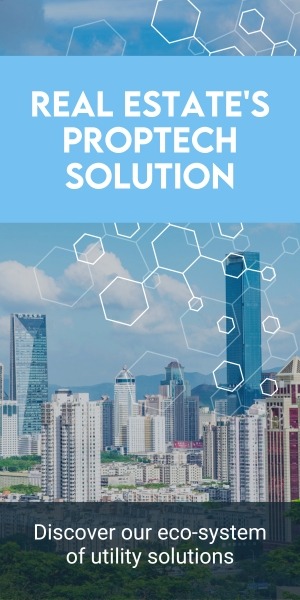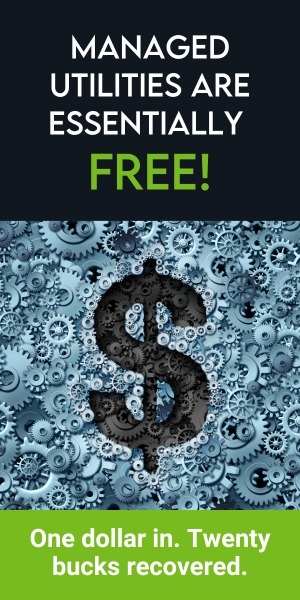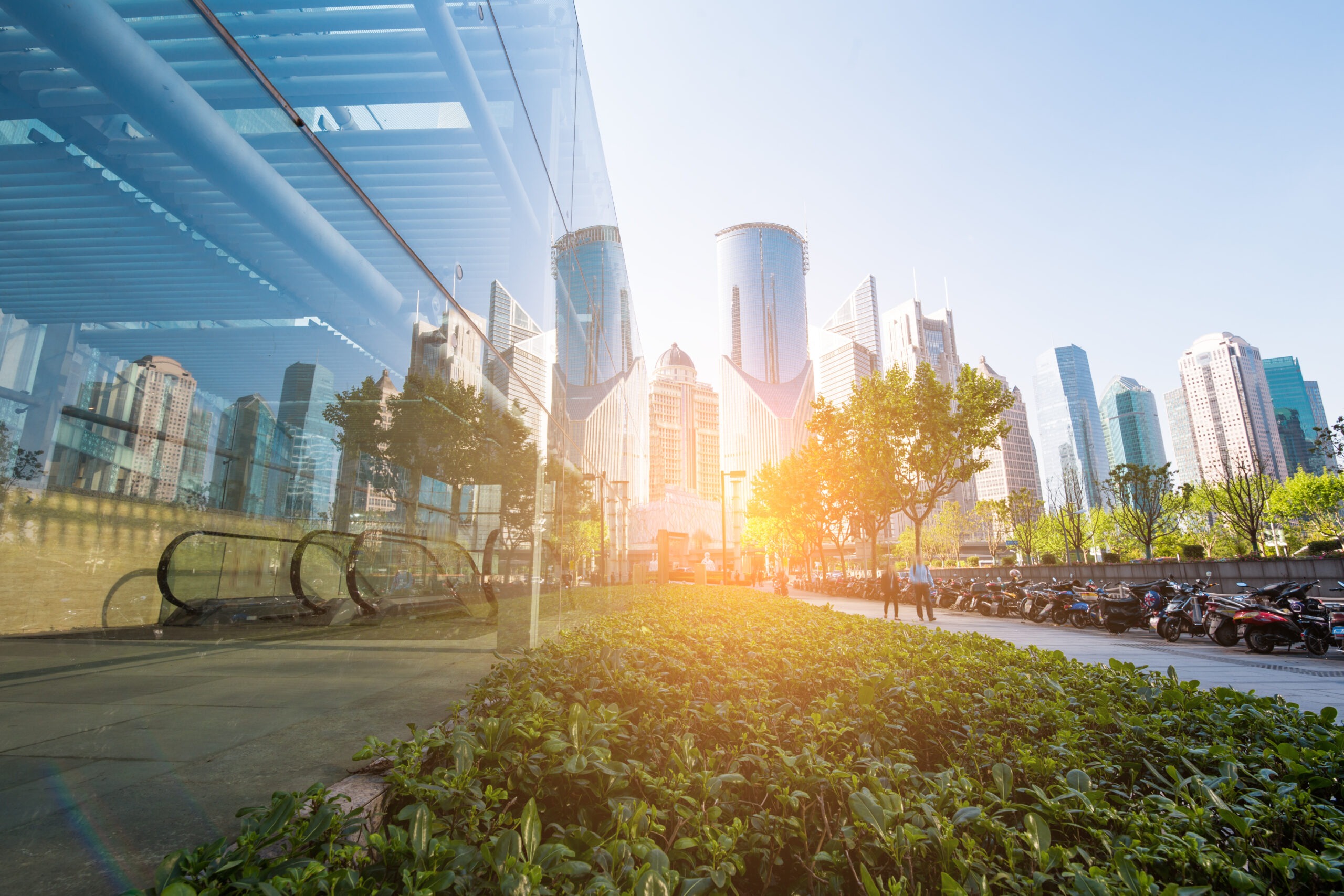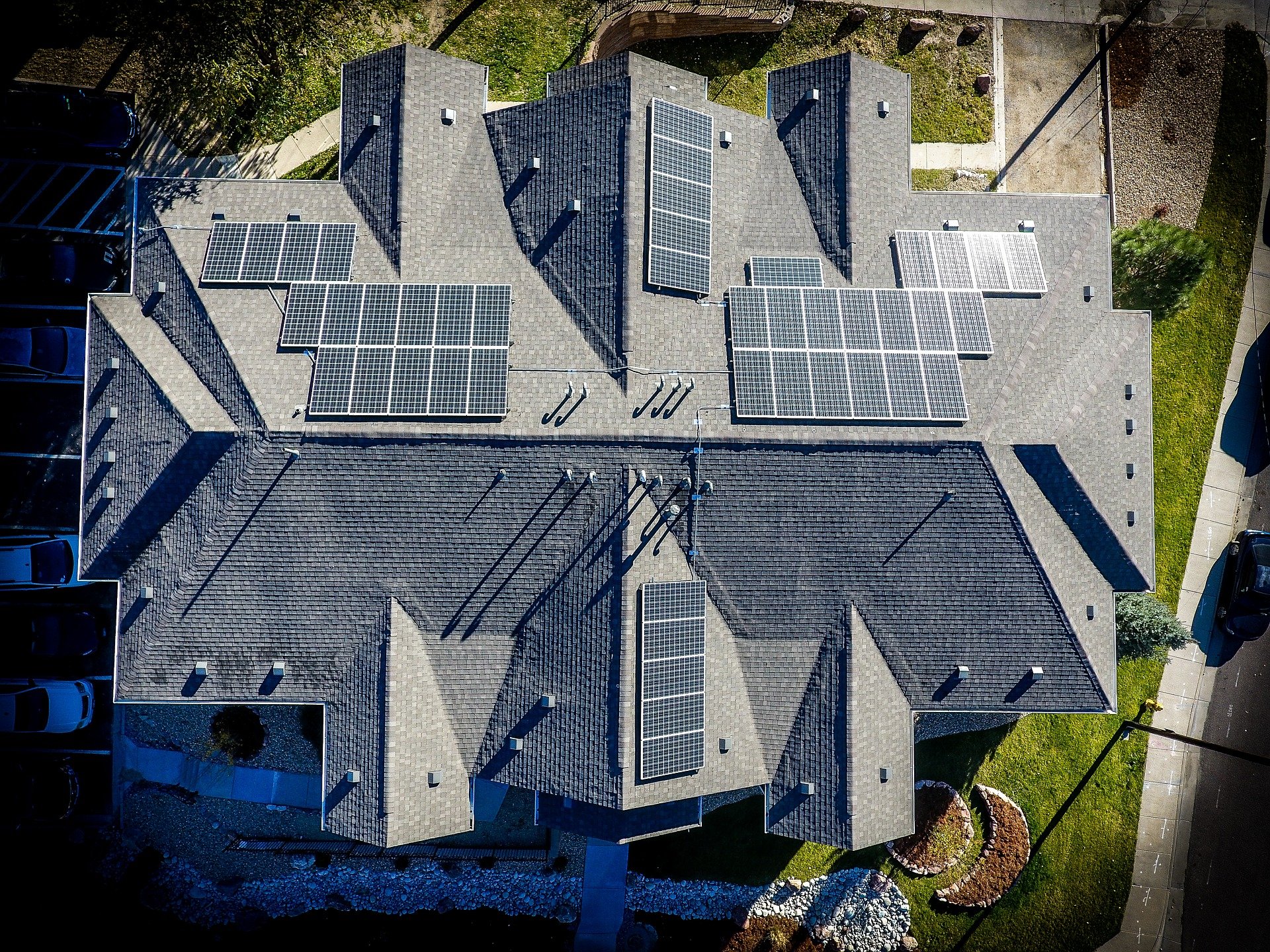Quick question: What are the top features potential renters look for in a new home? If your answer begins with must-haves like the “right location” or “number of bedrooms,” you’d be right more often than wrong. But you may be surprised to learn that, increasingly, sustainability features are on the short list of renters’ top criteria.
Eco-Renters are Growing
Research shows that environmental responsibility is important to 81% of consumers – and that Gen Zers (people born after 1997) are the generation that places the highest value on sustainability. As more of these younger people enter the rental market, sustainable features and amenities are becoming vital selling points. But it’s not just younger potential tenants; the data indicates that 61% of all renters are willing to pay a premium for sustainability.
That’s reason enough to make sustainability a key focus for property owners seeking to attract renters. But the icing on the cake is that making properties more sustainable benefits everyone. Renters and property owners will save on utility costs, while the world at-large will benefit from a cleaner, more carbon-neutral future.
So if the budding crop of prospective eco-renters is growing and sustainable amenities are more profitable than ever, what steps can you take to leverage the trends?
One: Implement Energy-efficient Upgrades
Before you do anything else, ensure you’ve made the kind of upgrades that pay big dividends in both energy savings and renter appeal. The ENERGY STAR program cites the following among the top eco-friendly upgrades:
- Switch to clean heating and cooling with an ENERGY STAR-certified heat pump.
- Swap out old water heaters for newer, super-efficient ones that can save hundreds of dollars per year.
- Install smart thermostats.
- Ensure proper attic insulation.
- Replace old, drafty windows with high-performance windows or storm windows.
Then, once you’ve made your improvements, promote them! Include them in your marketing materials. Reference them in your showings. Eco-renters will appreciate that you’ve taken steps to reduce your carbon footprint and lower utility costs.
Two: Use Sustainable Building Materials
Data from the U.S. Green Building Council reveals that residential projects have had the most growth in LEED registrations over the past five years – 152% – so environmental impact is clearly important to rental property builders. But you don’t have to go all-out LEED to attract eco-renters. Every day, more and more sustainable building materials are coming to market. As you plan your new construction or retrofit, consider using such eco-friendly materials as:
- Bamboo – for tiles, flooring, countertops
- Cork – for flooring and insulation
- Plant-based polyurethane rigid foam insulation
- Recycled rubber – for walkways
- Hempcrete – as construction blocks and insulation
By opting for these and other sustainable materials, you demonstrate your commitment to environmental responsibility and appeal to renters who prioritize eco-conscious living. As a bonus, many of these materials have additional advantages, such as mold resistance and lighter weight, over traditional materials.
Three: Create Outdoor Green Spaces
According to research by North Carolina State University, people who spend more time in nature enjoy enhanced cognitive functioning and attention and reduced stress. They are also less likely to display anxiety disorders and depression and more likely to report high levels of happiness and well-being. Even non-eco-conscious renters appreciate outdoor living amenities at rental properties. Look into providing green space with new construction projects and seek ways to support outdoor living and recreation areas at existing properties.
Four: Offer Recycling and Waste Management Facilities
It’s a given that eco-renters want it to be easy to recycle waste effectively. But honestly, complying with municipal regulations and making your properties beautiful is a no brainer either way.
- Deploy color-coded trash and recycling bins to make sorting compliance easier for tenants.
- Set up more recycling stations throughout your properties for greater convenience.
- Offer reusable alternatives such as water filters instead of plastic water bottles.
- Look at installing a cardboard baler to support recycling and minimize packaging waste.
- Give some thought to composting. You can build your own onsite composting facility for food waste or contract with a third-party composter.
Five: Offer Sustainable Amenities
This is more of a long-game tip, but consider incorporating sustainable amenities into new construction and retrofits. Over time, the upfront costs of investments like these are a little higher, but the hard returns (lower utility bills) and soft returns (happy residents and interested investors) more than compensate for the expense.
- Low-flow faucets and showers – to conserve water and energy costs
- Rainwater harvesting systems – making fuller use of that oh-so-precious resource
- Solar panels – to reduce utility costs and the use of fossil fuels
- A community garden – adding green space while supporting resident interaction and good nutrition
- A “swap shop” – where residents can donate and share household items and used furniture
- Electric vehicle charging stations – with one in three new cars projected to be electric by 2030, you can’t begin fulfilling this growing need too soon
Invest. Track. Adjust.
Initially, the steps you can take to attract eco-renters doesn’t have to be expensive. And over time, your deeper and more expensive commitments increase the efficiency and profitability of the properties in your portfolio. If you’re committing the time and money to invest in sustainable infrastructure, we strongly recommend pairing that investment with sustainability tracking and reporting capabilities. You’ll be better equipped to comply with state and local utility benchmarking ordinances while attracting investors and growing revenue.
Conservice ESG’s the solution. Our utility management solutions capture and analyze the data you need to make better-informed sustainability decisions, and we manage ESG for more than 26,000 properties around the world. Learn more about our ESG solutions – and start reaping the benefits of appealing to a growing population of eager eco-renters.







